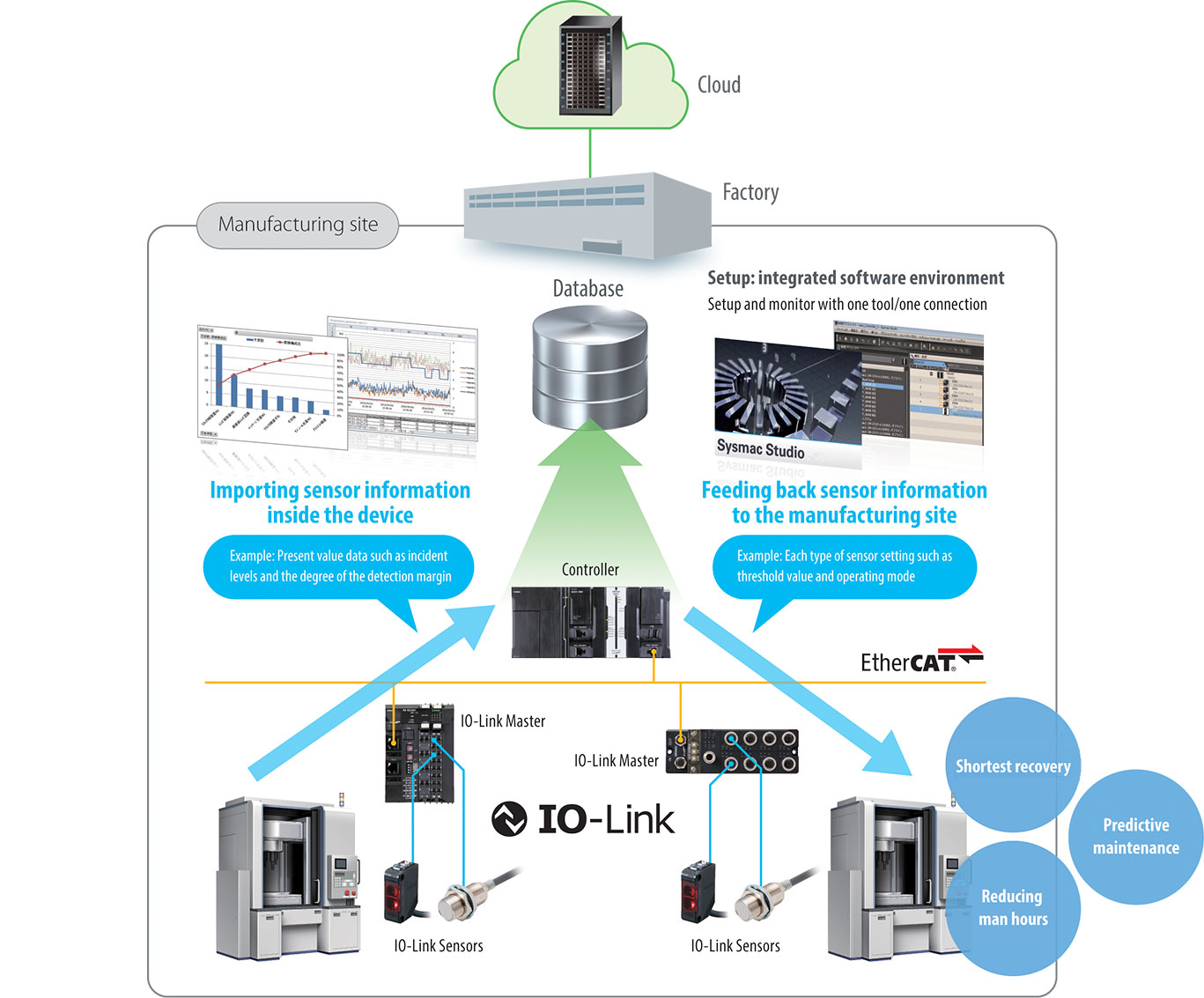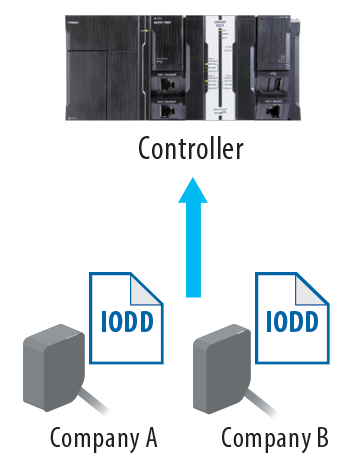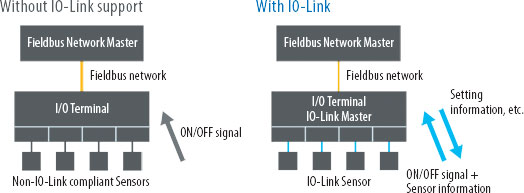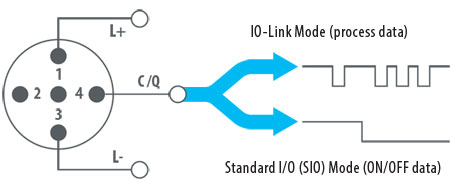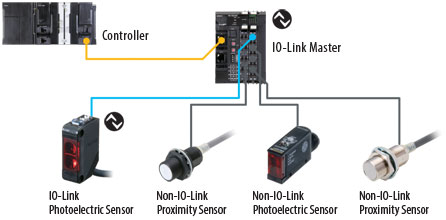IO-Link is the first I/O technology for communicating with sensors and actuators to be adopted
as an international standard (IEC 61131-9). It enables continuous and intelligent communications at the sensor level, opening up new opportunities in automation in the manufacturing industry.
AN OPEN INTERNATIONAL STANDARD
As of December 2015, more than 100 companies, including major sensor manufacturers, have joined the IO-Link Consortium.

